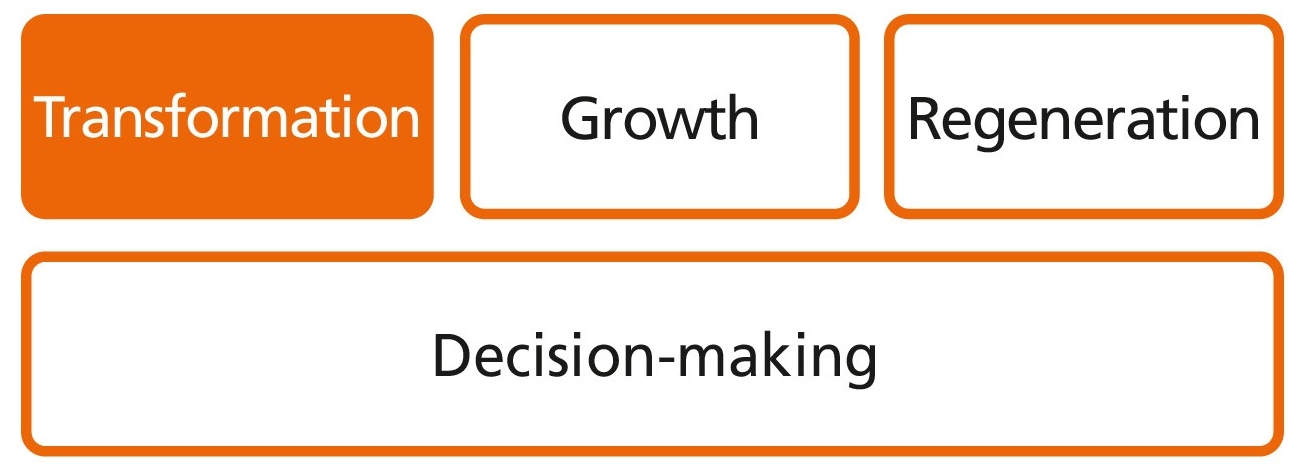What is the challenge?
For many decisions made by companies, it is important to estimate future demand as accurately as possible and thus to incorporate (long-term) trends into the decision. Material procurement, production planning or planning of sales promotion measures are based on this demand forecast. The less clear demand planning is, the more uncertain the decisions based on it will be.



